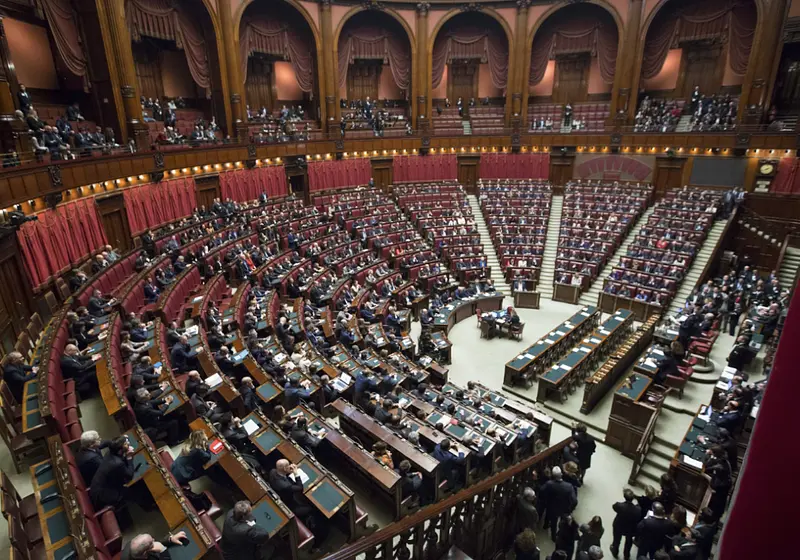The recent incident at Columbia University, where the New York Police Department was called to clear pro-Palestinian protestors off campus, is a stark illustration of the growing discontent among young people nationwide. This, along with similar instances on college campuses across the country, underscores a broader theme.
A significant 55 percent of young people from 18 to 29 believe that the country is headed in the wrong direction, with only 16 percent believing it is on the right track (Center for Information & Research on Civic Learning and Engagement). These protests, often the first meeting ground for students, represent a new form of socialization.
Fareed Zakaria, the host of CNN’s GPS, shares a personal anecdote from his time at Yale University. He recalls, “It was a place with overflowing classrooms and meeting halls, cake parties, and debates, plays and sport events…Many of my best friends today, I met in those packed rooms four decades ago” (CNN). His experience resonates with many, as he notes that he has returned to the university many times and often found that it looked the same. However, over the last decade, he observed that campus life seemed thinner (CNN).
The impact of COVID-19 on youth socialization cannot be overstated. The quarantine measures, while necessary, promoted a sense of separation. Students were forced to interact with their peers and teachers over a screen, leading to a sense of isolation. “I was alone throughout the pandemic, and I think that feeling of loneliness followed me, despite being able to go out again,” says 25-year-old Nevandria Page (The New York Times).
Furthermore, the increase in social anxiety among youth has led to more social disengagement. These days, many students prefer to eat alone and stay away from large social gatherings and clubs. Last year, Chloe Pargmann worked as a residential assistant at the University of Puget Sound in Tacoma, Washington (The Wall Street Journal). Her job was to assist first-year students in adjusting to life at school. She mentions how many students wouldn’t even come out of their rooms for dorm meetings. Instead, they texted and asked her if they could Zoom in.
This represents a greater societal trend where comfort is promoted, and discomfort is villainized. Lisa Damour, an American psychologist who specializes in adolescent development, said, “Unfortunately, anxiety, like stress, has gotten a bad rap. Somewhere along the line, we got the idea that emotional discomfort is always a bad thing.”
Many young people today are under pressure to make the most of their youth and feel the need to interact more socially, even though they are aware that their social anxiety and the influence of the pandemic are holding them back. Page, who moved to Ottawa in June, initially felt excited to explore a new city. Before, she had always enjoyed socializing and going out with friends. But she mentions how “when we were out, I was feeling really nervous and anxious…I felt like everyone was staring at me” (The New York Times).
However, beyond the recent political polarization and effects of COVID, another factor that has played a crucial role in promoting disengagement among youth is the loss of a small community. “What has really caused alienation in America…has been the collapse of community in small town America,” mentions Zakaria.
The arcades and home-style local pizzerias that were pinnacle community places for young people in America decades ago have been kicked aside by businesses like Amazon and DoorDash. Before, ordering delivery online was unheard of. You had to go out if you wanted to eat.
And even this small act of being forced to go out demonstrates an engagement with the community. You might have to speak to the cashier or see someone you know on the street. However, because we have more options, we can regress into a cycle of disconnection.
In addition, technology and the internet, promoted by the pandemic, “have allowed people to make leisure a private rather than a communal activity,” Zakaria notes (CNN). The internet has destroyed our interactions and relationships with people. In my academic classes, I have noticed that I interact and engage significantly more with my peers when technology is limited.
Recently, in my physics class, we did a group project. We had to answer questions on a Google Document based on an online lab. Instead of discussing the questions together, we kept to our own devices. I remember one girl who had a question about another person’s work and put her question as a “comment,” even though the person was seated right next to her.
Overall, the effects of COVID-19, technology, recent protests, and political upheaval have stunted normal socialization among adolescents. Communities are more defunct than ever before, and disconnection is well and alive. It’s important to note that as the protests battle on and social anxiety continues to run rampant, the disengagement on college campuses is merely a reflection of greater American society.


















